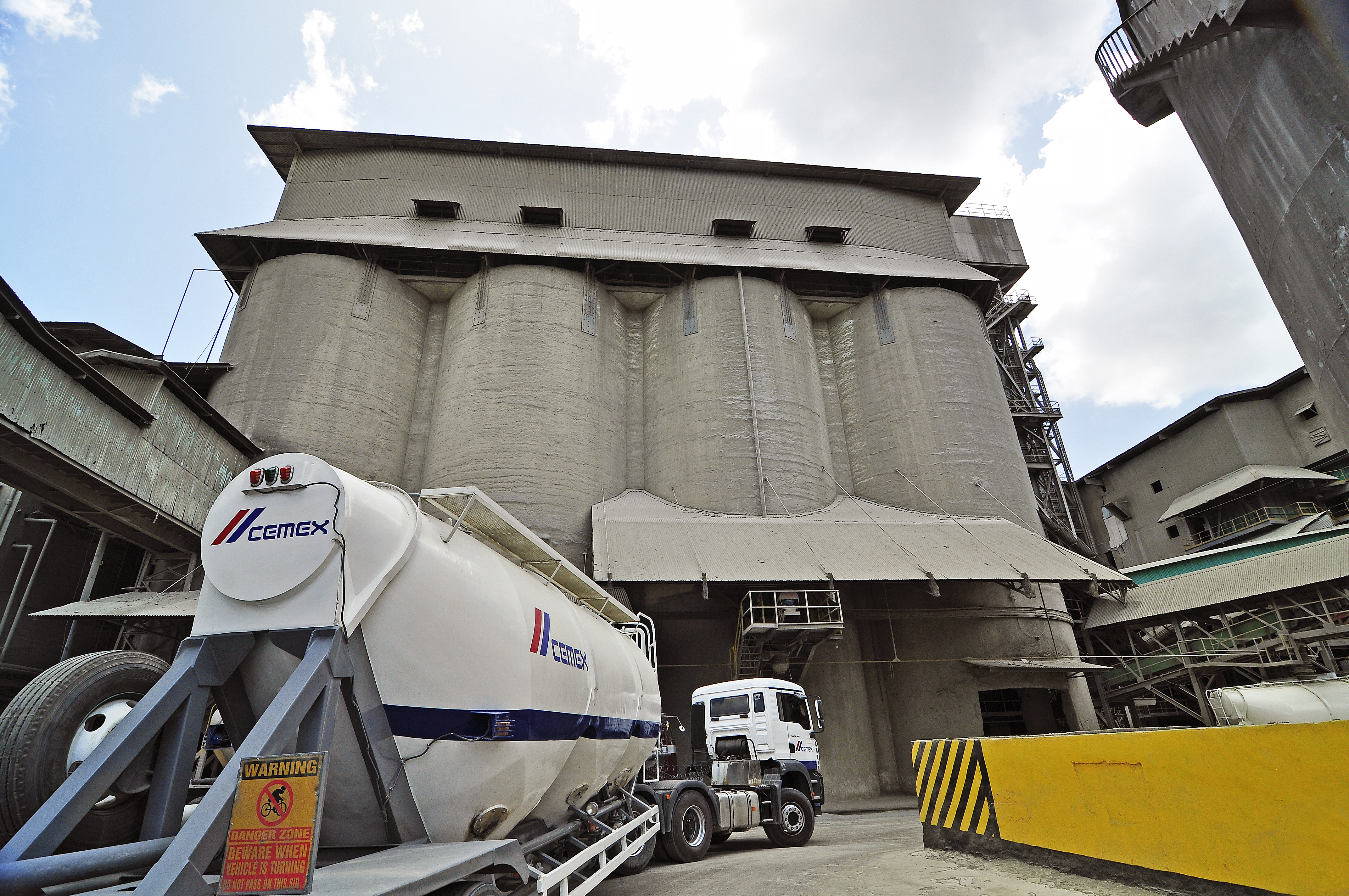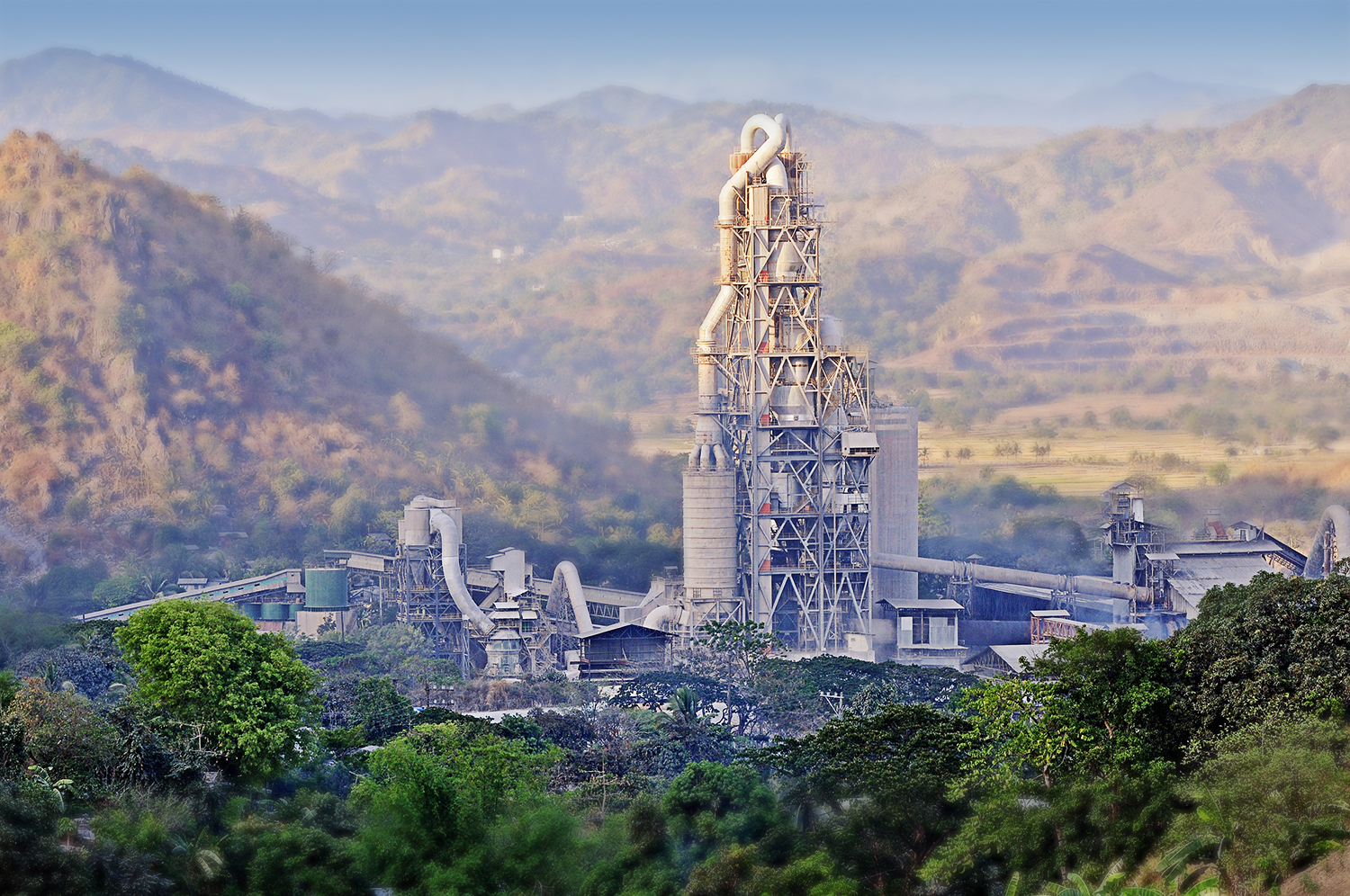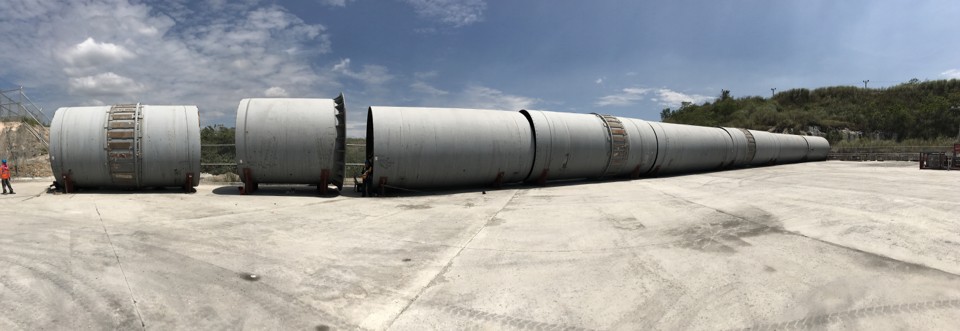CEMEX acquires major equipment for Luzon expansion
CEMEX Philippines delivers on its long-term commitment to helping build the nation with the arrival of its new kiln, one of the major equipment in the expansion of the Solid Cement Plant in Antipolo City.
The new kiln is part of the strategic multi-million dollar investment of CEMEX in the country. The expansion plan involves the construction of an additional 1.5-million ton integrated cement production line to the actual plant’s annual capacity of 1.9 million metric tons.
The new kiln equipment for the expansion to be completed in 2019 has already arrived in October 2016, and engineering works will commence once the necessary government permits are secured.
A kiln is a huge cylindrical steel with special fire brick where all raw materials are processed at a very high temperature to produce clinker.
“With the expansion of the Solid Cement Plant, we are not only boosting our capability to address the increasing demand for supply and innovation in the growing building solutions market but we are also fortifying our role in nation-building. This is through commerce and job creation as well as strengthening our positive presence in the community through more social development projects,” said CEMEX’s Solid Cement Plant Manager Normandy Chan.
Prior to the announcement of the Solid Cement Plant expansion, CEMEX has already inaugurated a P3-billion finish mill in its Apo Cement Plant in Cebu. This increased Apo Cement’s annual capacity by 1.5 million tons for a total of 3.8 million tons.
Additionally, the company has completed the construction of its new marine distribution terminals located in Manila, Iloilo, and Davao amounting to a total investment of P1 billion.
Solid Cement is the first cement plant in the country to be granted ISO 50001:2011 Energy Management System (EnMS) seal, attesting to its adherence to the strictest efficiency standards in the industry.
Most importantly, Solid Cement Plant recognizes its responsibility towards a positive impact in the area it operates in.
The plant boasts of an innovative facility called waste-heat-to-electricity technology which supplies up to 25 percent of the plant’s electricity needs, and this sustainable practice not only lessens demand on the national grid but also frees up electricity supply for the benefit of nearby residents and families.
Moreover, the plant makes use of alternative fuels such as those from segregated residual wastes from surrounding communities and co-processes them to fuel the kilns.
This world-class facility is continuously innovating to adapt to the demands of a competitive market. Solid Cement Plant is indeed a strong and stable contributor to nation-building in the Philippines— now and in the foreseeable future.
CEMEX cement technology development and application projects are part of the R&D collaboration network, headed by CEMEX Research Centers, based in Switzerland. ADVT
By: Emil Perez


